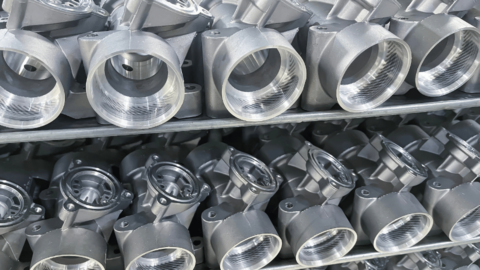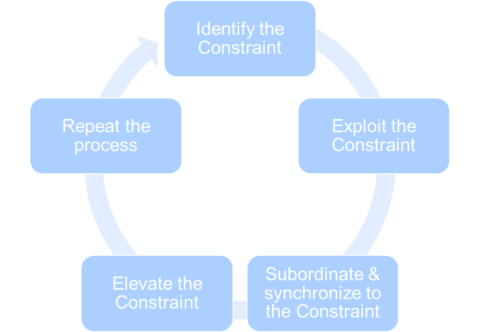Scrap & Rework Minimization – Optimizing Production Flow
Reducing scrap and rework improves process efficiency and minimizes waste. Companies need strategies to balance defect handling and production flow.

Challenges
- Rework impact on production flow – How does reintroducing defect products into the process affect system performance, lead times, and resource utilization?
- Scrap levels and process efficiency – What are the effects of different scrap rates on overall production efficiency and throughput?
- Bottlenecks caused by quality issues – How do varying defect rates impact workstation capacity and scheduling?
- Cost trade-offs in defect handling – What is the optimal balance between quality control investments and overall production efficiency?
How Simulation Helps
- Models the impact of scrap and rework loops – Simulates how different defect rates affect production flow, resource constraints, and cycle times.
- Evaluates quality control process efficiency – Tests different inspection strategies and defect detection points to optimize throughput.
- Analyzes the trade-offs between defect handling strategies – Compares the effects of early defect removal versus late-stage rework to minimize disruptions.
- Identifies bottlenecks caused by rework loops – Highlights how excessive rework strains production capacity and increases lead times.
Expected Results
- Reduced production delays – Optimized handling of rework minimizes bottlenecks and system congestion.
- Reduced waste – Data-driven scrap rate analysis supports cost-effective defect management.
- Improved throughput and process stability – Minimizing rework loops enhances overall system performance.
With inFACTS Studio, manufacturers can evaluate the system-wide impact of scrap and rework, ensuring better flow efficiency, resource utilization, and cost control in their production environments.





